LHC’s latest results: victory for the Standard Model!

And defeat for new physics. Without something spectacular, there’s no reason to build a bigger collider.
“There is nothing new to be discovered in physics now. All that remains is more and more precise measurement.” –Lord Kelvin (misattributed)
Back in the 1990s and the 2000s, the United States was the energy leader in high-energy physics. By accelerating protons and antiprotons to collide at 2 TeV of combined energy — at speeds of 99.999956% the speed of light — a whole slew of never-before-seen particles were discovered, including all the quarks and leptons of the Standard Model. At increased energies, currently up to 13 TeV and speeds of 99.9999991% the speed of light, proton-proton collisions at the LHC took us even further, revealing the Higgs boson, the last undiscovered particle of the Standard Model. With its discovery earlier this decade at CERN, the Standard Model was complete. But if it can’t find anything novel and unexpected, it might be the last collider to ever make a major discovery. The latest search results at these high energies were just released by the CMS collaboration, and if you’re a fan of new, beyond-the-Standard-Model physics, the news isn’t good. In fact, it highlights a very real problem with fundamental physics that physicists don’t really like to talk about.
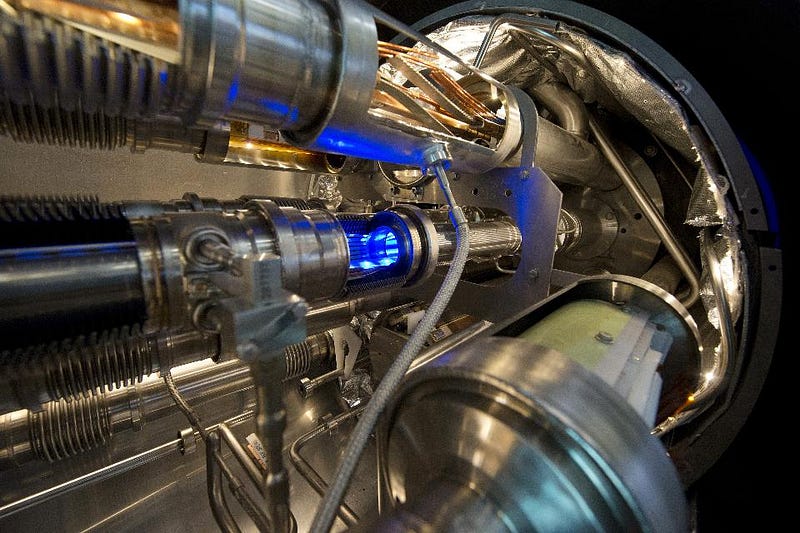
At present, we’ve come to the revelation that all the matter we know of is made up of a slew of truly indivisible particles:
- six quarks and six antiquarks, coming in three colors apiece,
- three charged leptons and three neutral leptons (neutrinos), along with their corresponding antiparticles,
- eight gluons, which are responsible for the strong nuclear force,
- the photon, responsible for the electromagnetic force,
- the W-and-Z bosons, responsible for the weak nuclear force,
- and the Higgs boson, a single, solitary massive particle that arises as a consequence of the field responsible for the rest mass of all of the fundamental particles.
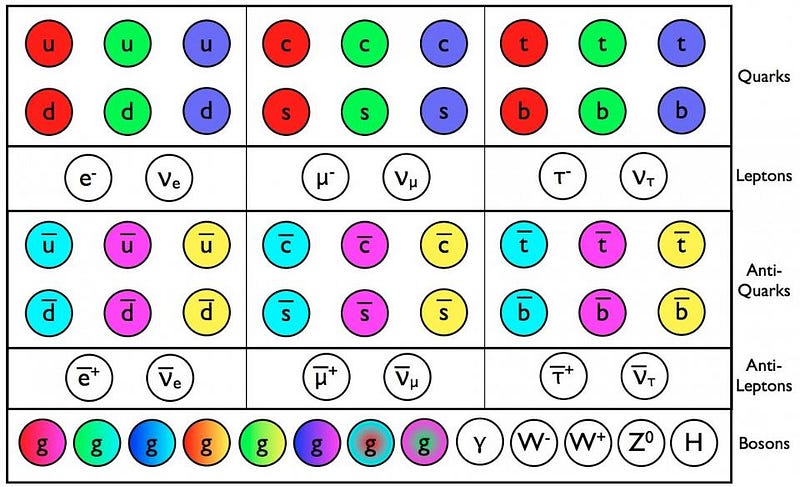
This is the Standard Model of particles and interactions, and with only a few notable exceptions, it describes everything known in the Universe. (The exceptions are the force of gravity, the existence and properties of dark matter and dark energy, and the origin of the matter-antimatter asymmetry in the Universe, among other, more esoteric ones.) The Standard Model works pretty perfectly, which is to say that in every experiment we’ve ever performed, and with every result we’ve ever observed, the predictions of these particles and forces, and their interactions, cross-sections, amplitudes and decay rates agree exactly. This is still true with the latest LHC results, even when you look at the decays of short-lived, exotic particles like the Higgs.
This, in and of itself, is a problem.
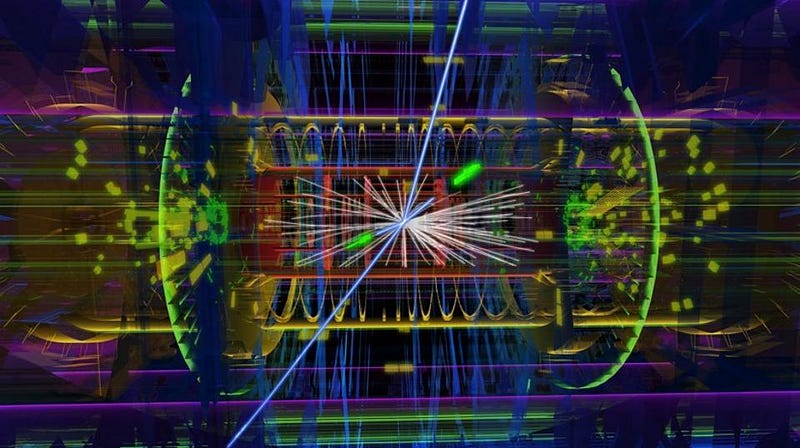
You see, there are some real unexplained problems in fundamental physics that physicists have been hoping the Large Hadron Collider could shed some light on. Some of these include:
- What is dark matter made out of, and what’s the particle responsible for it?
- Why do we see CP-violation in the weak interactions, but not in the strong interactions?
- What is the nature of the matter-antimatter asymmetry, and what are the baryon-number-violating processes responsible for it?
- And why are the masses of these fundamental particles (between 1 MeV and 180 GeV) so much less than the Planck scale, which is at an incredible 10¹⁹ GeV?
If all we have is the Standard Model, then none of these questions have answers that we can know.
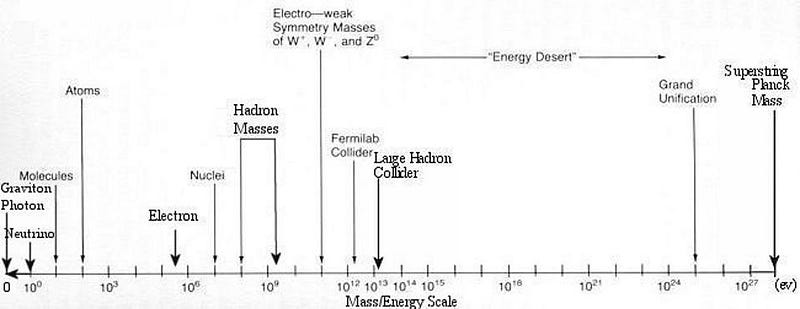
From a theoretical perspective, there are plenty of extensions to the Standard Model that offer hope. In all the physically interesting scenarios we’ve devised, solutions to these problems all have two things in common:
- They indicate that, when we create the unstable Standard Model particles in great enough abundances, we will see them decay in ways that differ — repeatably and with immense statistical significance — from the predictions of the Standard Model alone.
- They all predict, at high enough energies, that there will exist new, fundamental (indivisible) particles not found in the Standard Model.
Options for what physics might lie beyond the Standard Model include supersymmetry, technicolor, extra dimensions and more. But these options are only interesting — from the perspective of an experimentalist, rather than a theorist — if they leave a signature that can be detected by the experiments we can perform.
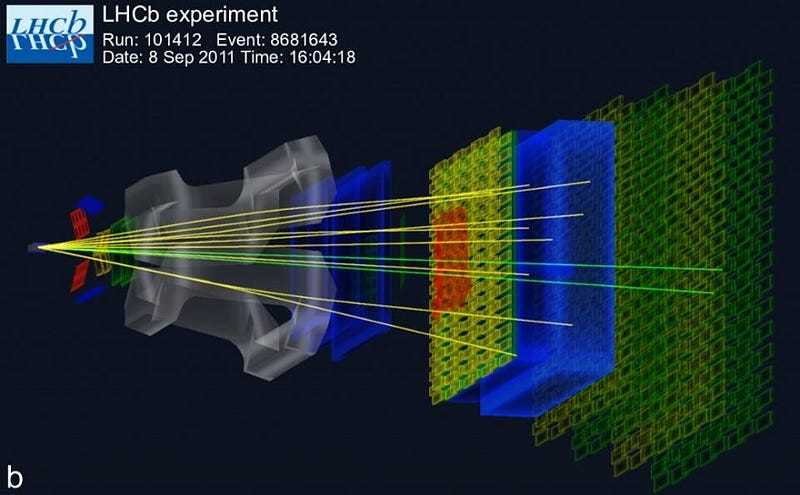
At the LHC, that means that deviations from the predicted Standard Model decay rates need to be within reach of the experiments in question. If the Standard Model predicts that, say, a particle should decay into a tau lepton with a branching ratio of 1.1 × 10^-6 and a muon lepton with a branching ratio of 1.8 × 10^-5, that means you have to create at least tens of millions of that particle and observe its decays precisely to make that measurement.
Because if you “only” create ten million of those particles and observe that 180 of them decay into muons and 14 of them decay into taus, you can’t conclude that you’ve found physics beyond the Standard Model; you don’t have sufficient statistics.
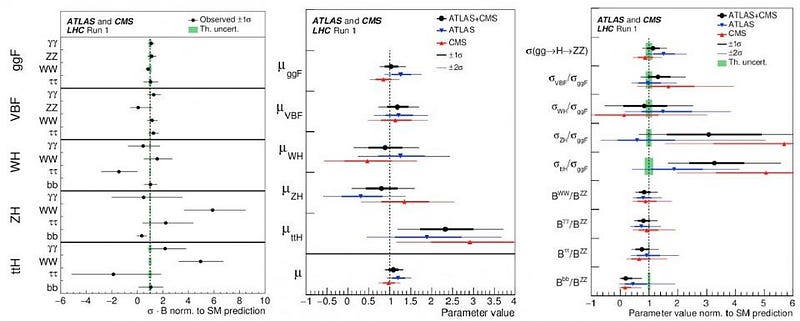
This is incredibly difficult when you consider that we’ve only taken detailed measurements of on the order of thousands of events where we’ve created the heaviest fundamental particles: the Higgs boson and the top quark. If we could build a “factory” for creating these particles, we could measure their decays to the (practically) arbitrary accuracies we like, which is what a proposed high-energy electron-positron collider would be: the ILC (International Linear Collider). But this is only likely to happen if the LHC first finds robust evidence that either these non-Standard Model decays exist, or of the existence of new particles. And theories that solve the aforementioned problems predict both.
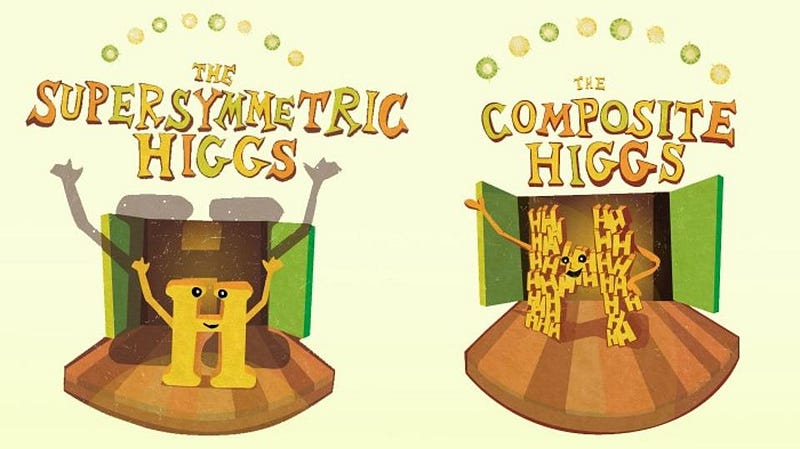
The problem is, the evidence we have for beyond-the-Standard-Model physics is incredibly weak: it’s of the statistical significance level that’s inconsequential in this field. The only reason people get excited about these preliminary results is that there’s literally nothing else to get excited about. If there’s only one Higgs particle found at the LHC, then either supersymmetry isn’t real, or it’s at energy scales that are irrelevant to solving the puzzles it was designed to solve. Moreover, if there are no new particles found below about 2–3 TeV in energy — particles that the LHC should detect if they’re present — it’s a reasonable assumption that there might not be anything new to find until energy scales of 100,000,000 TeV or more. In fact, the latest LHC results just ruled out two classes of hypothetical particles, gluinos and squarks, below about 1.4 TeV in energy.

And even if we build a particle accelerator to the fullest capacity of our technology around the equator of the Earth, we still couldn’t reach those ultra-high energies. We’ve seen flurries of articles, presentations and talks since the LHC’s inception on the topic of, “Have we found the first signs of particle physics beyond the Standard Model?” The answer has always been, “not definitively,” and more data has each and every time quashed the tentative evidence. This time, with the most data ever at the highest energies, there’s not even a hint of anything new.
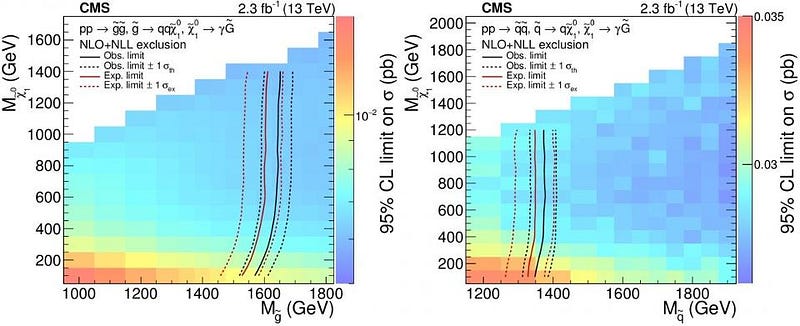
What’s the takeaway? That the Standard Model might be all our particle colliders can access in our lifetime. It’s not the new, exciting discoveries that are going to get headlines or win Nobel Prizes, but sometimes, it’s what nature gives us. Better to accept the disappointing truth than believe in a sensationalist lie.
This post first appeared at Forbes, and is brought to you ad-free by our Patreon supporters. Comment on our forum, & buy our first book: Beyond The Galaxy!





